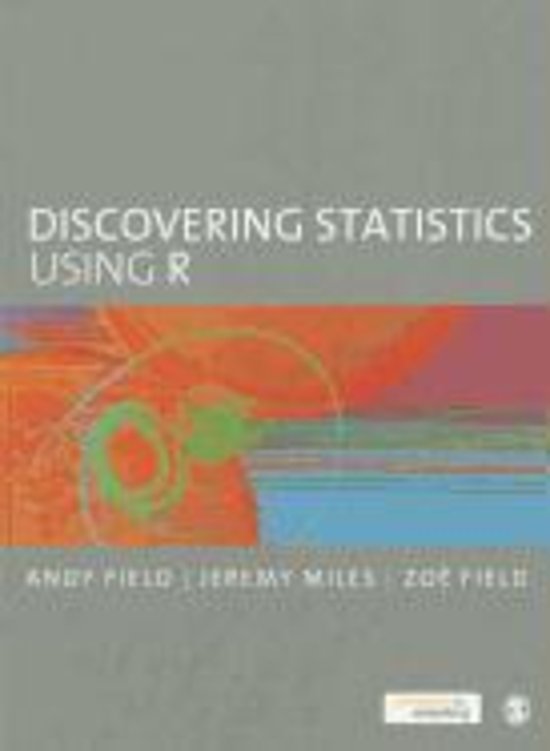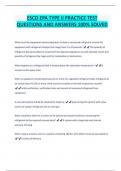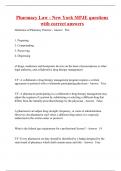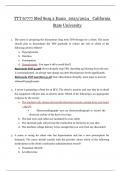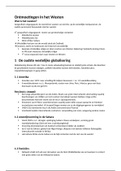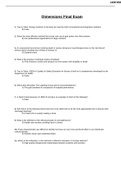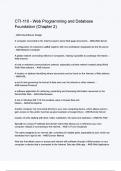Zusammenfassung
Zusammenfassung Andy Fields Discovering Statistics Using R
Beinhaltet Zusammenfassungen der Kapitel: Kapitel 4: Exploring data with graphs Kapitel 6: Korrelationen Kapitel 7: Simple/Multiple Regressionen Kapitel 8: Logistic regression Kapitel 9: Comparing two means Kapitel 10: Comparing several means ANOVA Kapitel 11: Analysis of Covariance ANCOVA ...
[ Mehr anzeigen ]

